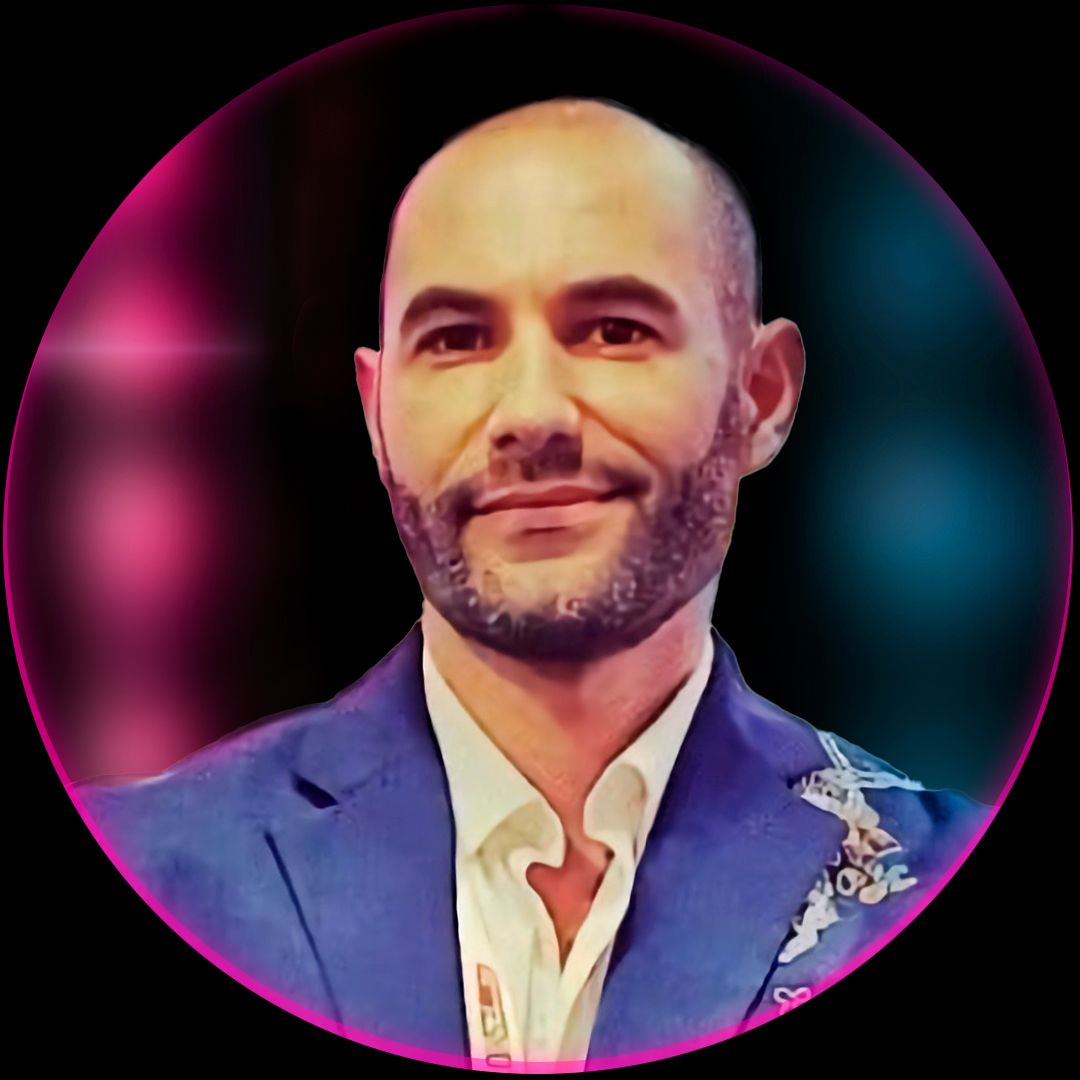Javier M. Floren, CEO & Co-founder of DNAverse
As the metaverse concept continues to develop at pace, it is absolutely vital that human characteristics are embedded within. Our physical world has already evolved into a digital hybrid, with smartphones becoming digital extensions of one’s self. We need the same process of hybridisation to take place within the metaverse. It is high time that scientific innovations are leveraged to enhance social interactions in the metaverse.
At this juncture, we are still in the early adopter/innovation phase. It has been reported that throughout 2021, approximately 28.6 million wallets actively exchanged NFTs, representing a volume close to $25 billion. Platforms like Sandbox raising $93 million and Yuga Labs raising $450 million demonstrate the scale of interest in this burgeoning space, and point to long-term viability of Web3.0 and the metaverse.
The ongoing proliferation of Artificial Intelligence (AI) makes it increasingly difficult to identify who is on the other side of our interactions. The chatbots commonly deployed across a wide range of websites aim to make us believe that we’re talking to a real person. We’ve all seen movies like The Matrix, I Robot or TV series like Black Mirror. They generally paint a negative picture of how humans and machines can co-exist. While bucketed under the catalogue of ‘Science Fiction’, if history tells us anything, Science Fiction can rapidly become Science Fact. If these visions come to fruition, how will we distinguish humans from machines when using avatars in a virtual world?
Science Fiction or Decentralized Science (DeSci)?
DNAVERSE is releasing a 3,200 NFT collection, the first one to be fully customized with real DNA. After a centralized drop, the process becomes decentralized to initiate the BIOmetaverse as the goal is to let life replicate itself in all metaverses. Currently whitelisting for the Genesis drop, the process is open and democratic and can be accessed by simply signing up with a form avalanche at DNAVERSE.io.
We are at a time in history where we can access technology that allows us to leave an indelible mark as human beings in digital ecosystems. We are already seeing NFT collections focused exclusively on the scientific field, DNA-based customization in the metaverse like DNAVERSE, genetic sequencing, decentralized health services and even the tokenization of blood samples.
When a real person cannot be distinguished from AI, being able to verify that you are a human using science and genetics will be paramount to future social interactions in the metaverse. Taking a small section of DNA and having scientists create a unique artistic representation of an individual as NFTs will be one of the ways to ensure human verification in this new paradimg. This practical application represents just one of the many possibilities that Web3 technology offers us. The benefits of introducing an individual’s genetics into an NFT art piece also extend to personalizing digital assets with an individual’s true essence, or transferring consciousness into web3.
Let’s not confuse genetic verification with a form of KYC. The goal is not to create a biological database or fill out forms to show who we are or where we live, but to distinguish who is a real person and who has been programmed to interact with us.
The sustainability of the metaverse and future NFT projects hinges on demonstrable utility for individuals, who will constitute the community of participants. Sharing the benefits of each project in a sustainable way is essential so, for example, genetized NFTs can be used in human verification.
The key will be creating an ecosystem based on collaboration, ensuring the metaverse is open to all and offers us the opportunity to interact safely. Every technological advancement has the opportunity to be used by good and nefarious actors. Just consider how the emergence of social media keeps the world connected seamlessly, but can also be used to facilitate the rapid spread of fake news. It’s impossible to make any new technology perfect, but by putting certain safeguards in place, and ensuring we have ways to identify ourselves and keep ourselves safe, humanity can be preserved in this new digital universe.



